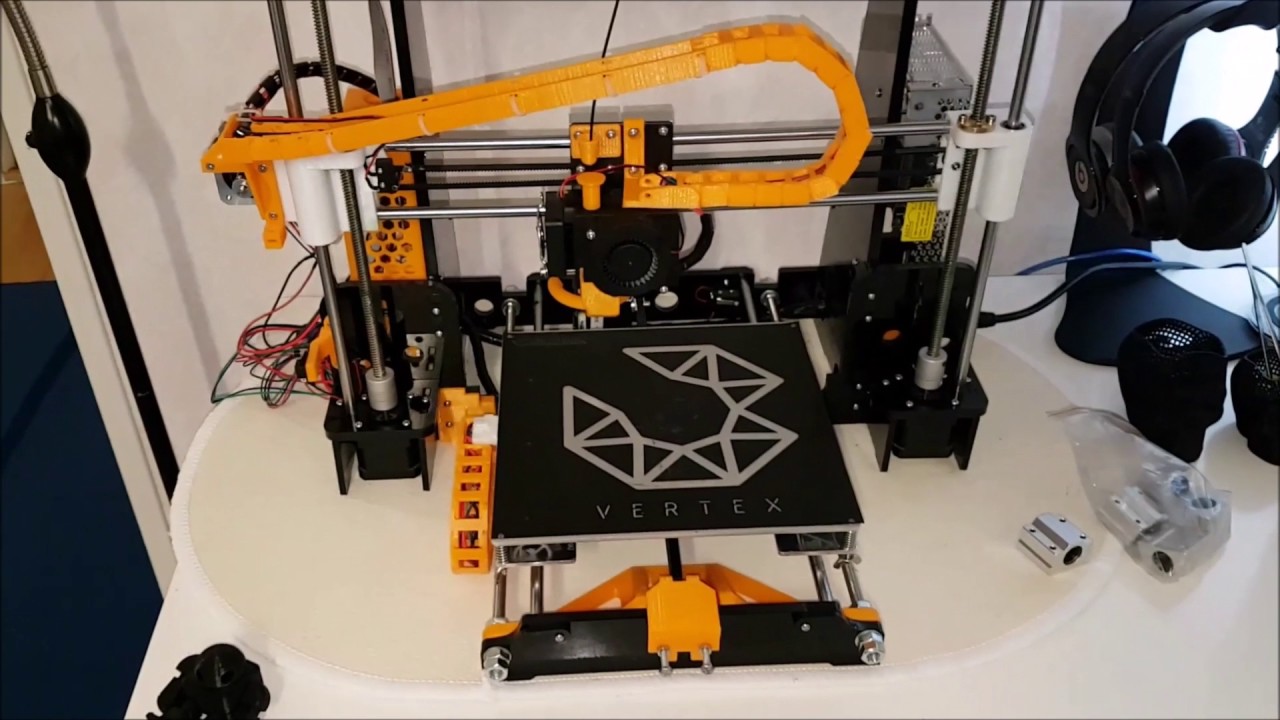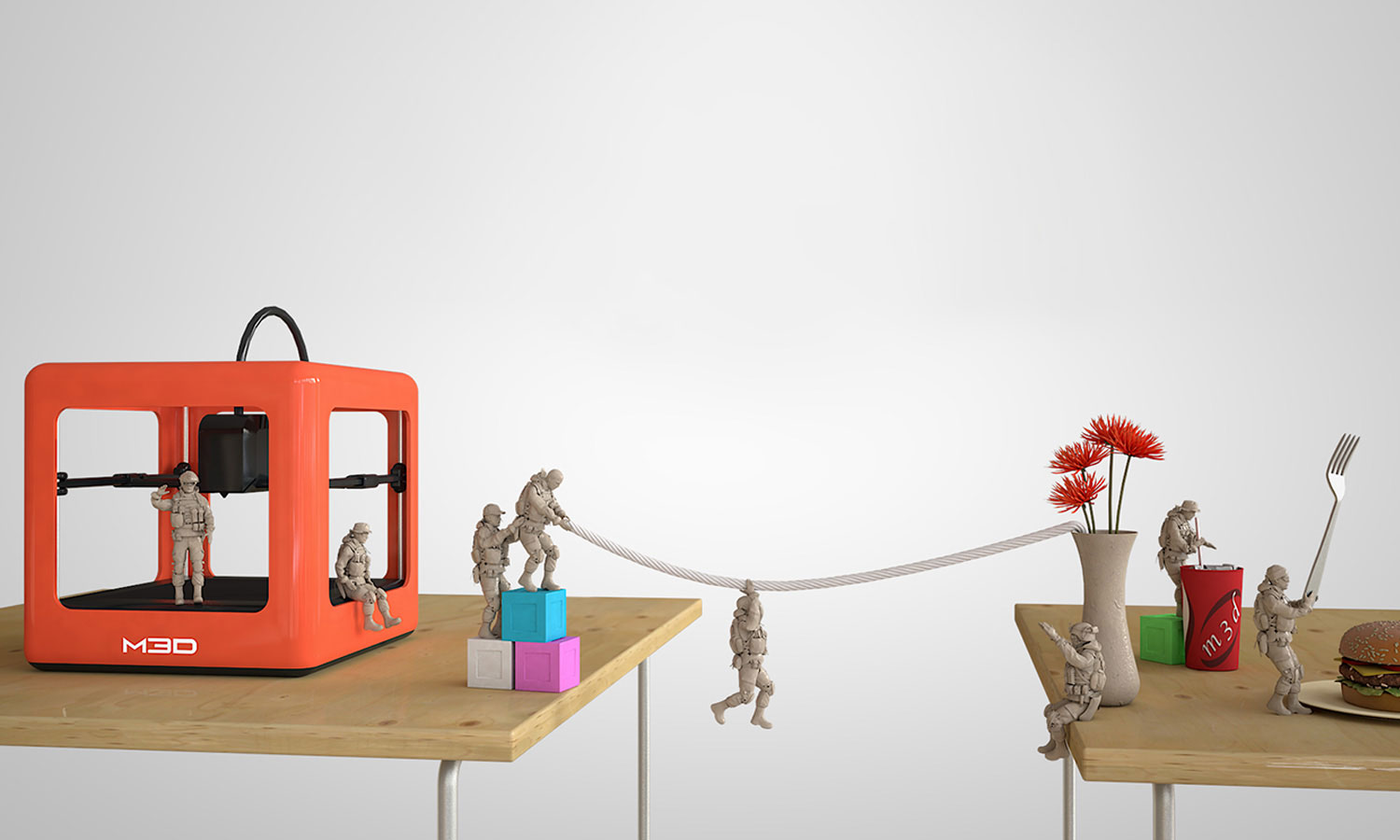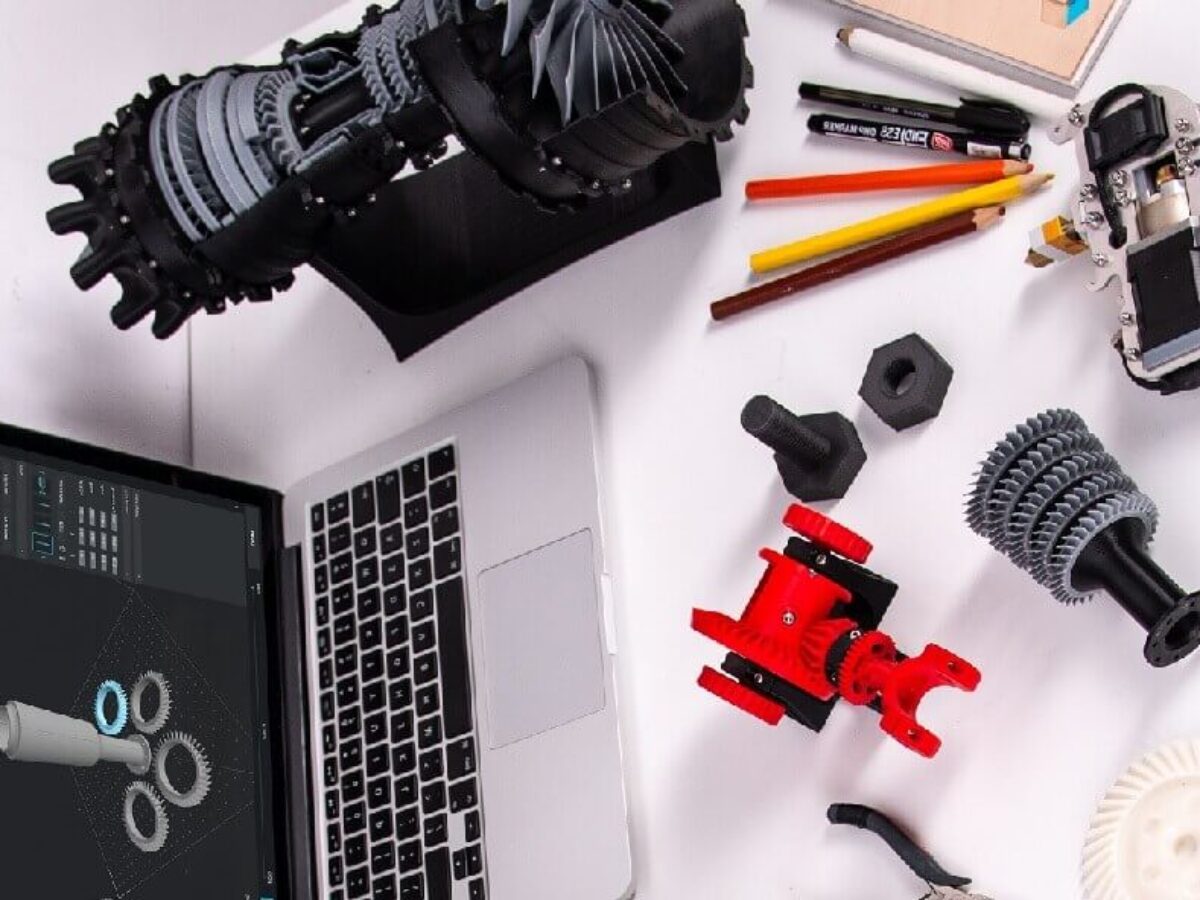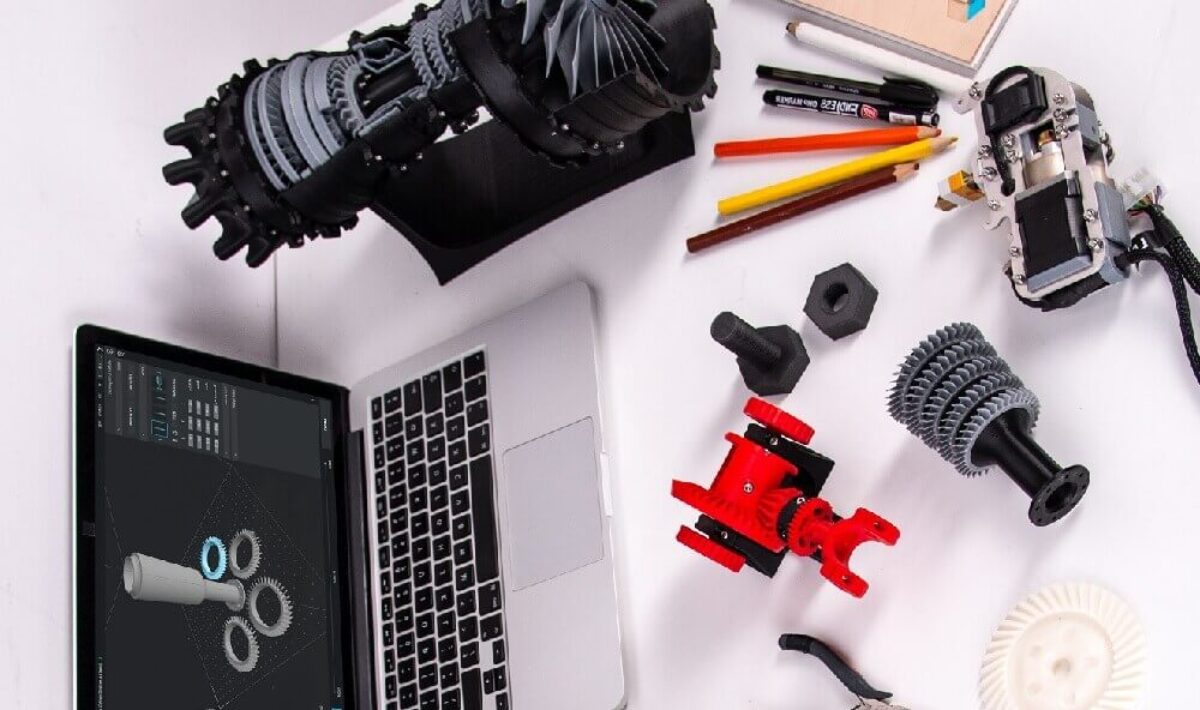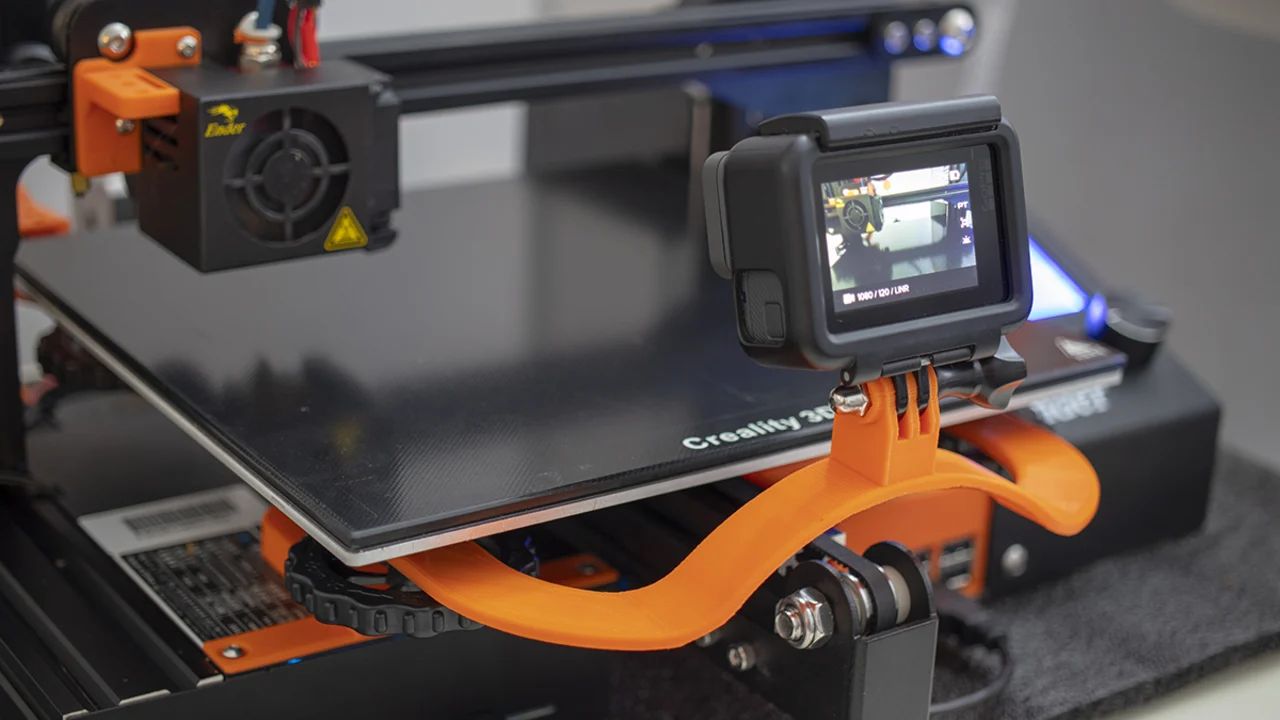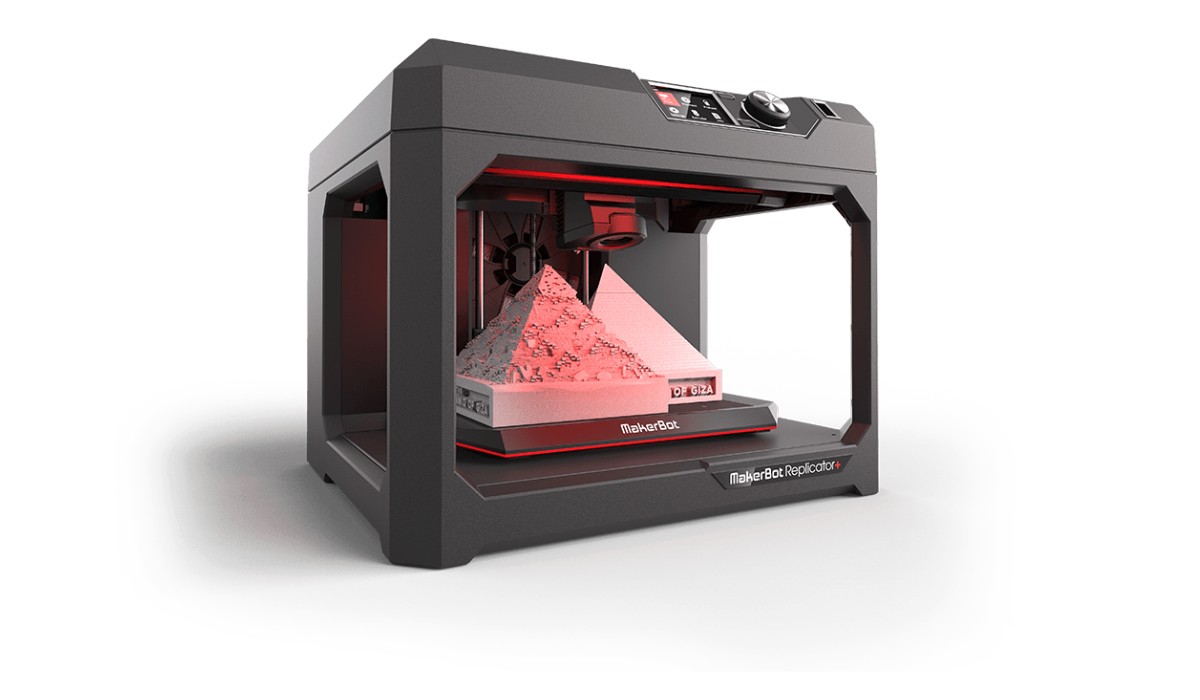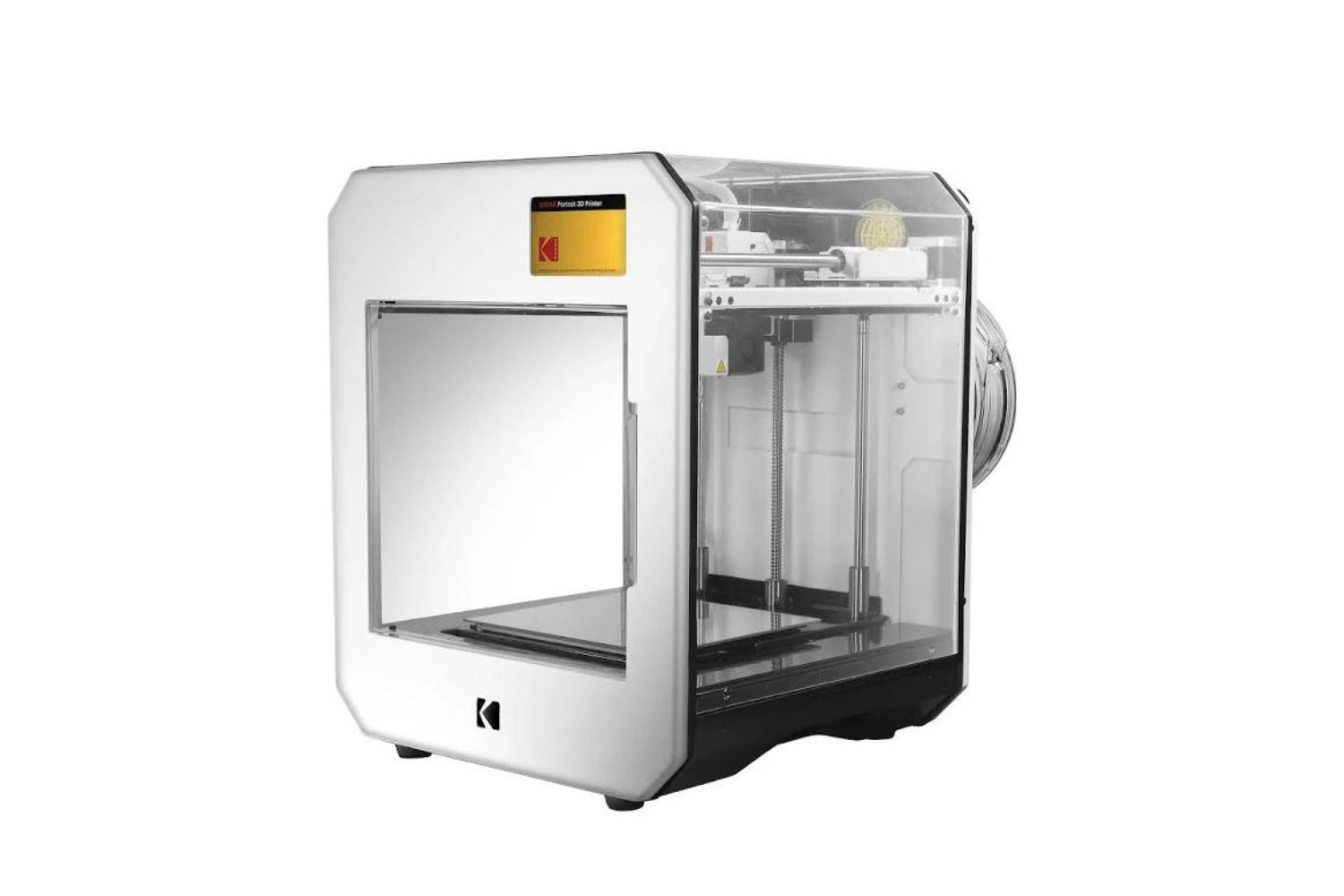Introduction
Welcome to the world of 3D printing! If you’re reading this, you’re probably already familiar with the incredible capabilities of this technology. But did you know that you can actually customize and edit the firmware of your 3D printer? Firmware is the software that controls the hardware of a device, and by editing the firmware, you can unlock even more possibilities and tailor your printer to your specific needs.
In this article, we will guide you through the process of editing the firmware of your 3D printer. Whether you’re a seasoned veteran or a newbie in the world of 3D printing, this article will provide you with the knowledge and tools to confidently modify your printer’s firmware.
Before we dive into the details, it’s important to note that editing the firmware of your 3D printer requires some technical knowledge. Familiarity with coding and the basics of electronics will be beneficial, but even if you’re a beginner, don’t worry! We’ll break down the steps and explain everything in a beginner-friendly manner.
By editing the firmware, you can customize a wide range of settings, including print parameters, temperature control, bed leveling, and more. This allows you to optimize your printer’s performance, enhance the print quality, and even add new features that are not available in the stock firmware.
It’s worth mentioning that different 3D printers will have different firmware configurations. The most commonly used firmware in the 3D printing community is Marlin, but there are other options as well. Depending on your printer model, you may need to refer to the manufacturer’s documentation or support forums to identify the specific firmware used.
Now that we’ve laid the foundation, let’s move on to the next section, where we’ll discuss the importance of understanding the firmware before diving into the editing process.
Section 1: Understanding the Firmware
Before you begin editing the firmware of your 3D printer, it’s crucial to have a basic understanding of what firmware is and how it functions. Firmware is essentially the software that runs on the microcontroller within your 3D printer. It acts as the middleman between the hardware components and the commands received from the slicer software.
One of the most commonly used firmware in the 3D printing community is Marlin. Marlin is an open-source firmware that supports a wide range of 3D printers and provides extensive customization options. However, depending on your printer, there might be alternative firmwares available. It’s important to identify the firmware used by your specific printer model.
Understanding the structure of the firmware is essential before attempting to edit it. The firmware is typically comprised of multiple files, each serving a specific purpose. The most important file in the firmware is the `Configuration.h` file. This file contains various settings and parameters that dictate the behavior of the printer.
- Printer Settings: This includes parameters such as the printer name, bed dimensions, steps per millimeter, and firmware version. It’s crucial to ensure that these settings match your printer to ensure accurate printing and movement calculations.
- Feature Settings: This section allows you to enable or disable specific features depending on your printer’s capabilities and your preferences. Examples include auto-leveling, filament runout detection, and LCD display options.
- Temperature Settings: Here, you can customize the temperatures for the extruder, heated bed, and other heated components. Additionally, you can set temperature limits and define temperature sensors used.
- Motion Settings: This section controls the movement of the printer’s motors. It includes settings such as acceleration, jerk, and maximum speeds for each axis. Fine-tuning these parameters can improve print quality and reduce print times.
Beyond the `Configuration.h` file, the firmware may also include other files like `pins.h`, `adv.h`, and `language.h`, each with its own specific role within the firmware structure.
Taking the time to understand the structure and various settings in the firmware will help you make informed decisions when editing the configuration file. It will also allow you to troubleshoot potential issues that may arise during the editing and upload process.
Now that you have a basic understanding of the firmware, let’s move on to the next section, where we’ll discuss the tools required and how to choose the right editor for editing the firmware.
Section 2: Choosing an Editor
When it comes to editing the firmware of your 3D printer, you’ll need a text editor that can handle the code files effectively. The choice of editor largely depends on your personal preference and familiarity with different coding environments. Here are some popular options to consider:
1. Arduino IDE: Arduino Integrated Development Environment (IDE) is a widely used platform for programming Arduino boards. It offers a user-friendly interface and is ideal for beginners. The Arduino IDE supports the Marlin firmware and provides a straightforward way to edit and upload the firmware to your printer.
2. Visual Studio Code: Visual Studio Code (VS Code) is a highly customizable and powerful text editor. It has a wide range of extensions available for firmware editing, including Marlin-specific extensions. VS Code offers features like syntax highlighting, code navigation, and debugging functionalities, making it a favorite among experienced users.
3. Notepad++: Notepad++ is a lightweight text editor that supports various programming languages, including the editing of firmware files. Although it may lack advanced features like code completion or error checking, it is simple to use and can get the job done effectively.
4. Sublime Text: Sublime Text is a popular choice among developers due to its powerful editing capabilities and extensive plugin support. It offers a clean and intuitive interface, making it easy to manage and edit firmware files.
5. Atom: Atom is an open-source text editor designed for developers. It is highly customizable and offers a range of packages and themes. Atom supports numerous firmware file formats and provides a seamless editing experience.
Before making a final decision, take some time to explore the features and capabilities of each editor. Look for features that align with your needs, such as syntax highlighting, auto-completion, and easy integration with the compile and upload tools for firmware.
Additionally, it’s important to ensure that the editor supports the firmware code format and provides an easy way to navigate and edit the different firmware files. Compatibility with your operating system and the availability of community support are also important factors to consider.
Now that you have an idea of the different text editors available, it’s time to pick the one that suits your requirements. In the next section, we will discuss how to access the firmware files on your 3D printer.
Section 3: Accessing the Firmware Files
In order to edit the firmware of your 3D printer, you first need to locate and access the firmware files. The exact location of these files may vary depending on your printer model and the firmware used. Here are the general steps to access the firmware files:
1. Identify the Firmware Location: Start by locating the firmware on your 3D printer. This could be stored on an SD card, a dedicated EEPROM chip, or even on a connected computer.
2. Remove the SD Card: If your printer uses an SD card to store firmware files, power off the printer and remove the SD card. Insert it into your computer’s SD card reader, or use an external SD card adapter if needed.
3. Connect to the Printer: If the firmware is stored on a dedicated EEPROM chip or on a computer connected to the printer, establish a connection between your computer and the printer using a USB cable. Most printers allow you to connect directly via USB.
4. Use a Terminal Software: To access the firmware files stored on the printer, you may need to use a terminal software such as Pronterface (for Marlin firmware) or Repetier-Host. These software programs provide a connection interface and allow you to communicate with the printer.
5. Navigate to the Firmware Files: Once you have established a connection to the printer, navigate to the directory or folder where the firmware files are located. This could be on the SD card, within the EEPROM memory, or in a specific folder on the connected computer.
6. Make a Backup: Before making any changes to the firmware files, it’s always a good idea to make a backup of the original firmware. This ensures that you can revert to the original settings if needed. Simply copy the firmware files to a separate location on your computer.
7. Open the Files in the Chosen Editor: Launch your chosen text editor and open the firmware files. Depending on the firmware structure, you may need to open the `Configuration.h` file, as well as any other files related to specific features or configurations.
By following these steps, you will be able to access the firmware files of your 3D printer and prepare them for editing. In the next section, we will dive into the specifics of modifying the `Configuration.h` file and customizing the firmware settings.
Section 4: Modifying the Configuration.h File
One of the most important files within the firmware of your 3D printer is the `Configuration.h` file. This file contains a wide range of settings and parameters that dictate the behavior and capabilities of your printer. In this section, we will walk you through the process of modifying the `Configuration.h` file to customize your firmware.
1. Open the `Configuration.h` File: Launch your chosen text editor and open the `Configuration.h` file. This file is typically located in the firmware directory where you accessed the firmware files in the previous section.
2. Understand the Settings: Take some time to familiarize yourself with the different settings within the `Configuration.h` file. These settings are organized into sections and sub-sections, making it easier to navigate and modify them.
3. Customize Printer Settings: You can modify the printer-specific settings to match the specifications of your 3D printer. This includes parameters such as the printer name, bed dimensions, steps per millimeter, and the firmware version.
4. Enable or Disable Features: Within the `Configuration.h` file, you’ll find sections dedicated to enabling or disabling specific features. These features can include auto-leveling, filament runout detection, power-loss recovery, LCD display options, and more. Enable or disable these features based on your printer’s capabilities and your preferences.
5. Adjust Temperature Settings: Customize the temperature settings for your printer within the `Configuration.h` file. This includes specifying the temperatures for the extruder, heated bed, and other heated components. You can also set temperature limits and define the temperature sensors used.
6. Fine-tune Motion Settings: The motion settings in the `Configuration.h` file control the movement of your printer’s motors. This includes parameters such as acceleration, jerk, and maximum speeds for each axis. Adjusting these settings can optimize print quality and reduce print times.
7. Save and Close the File: Once you have finished making the desired modifications, save the changes to the `Configuration.h` file. Ensure that the file is saved in the correct location within the firmware directory structure.
By modifying the `Configuration.h` file, you can customize various aspects of your printer’s functionality and performance. However, it’s essential to be cautious when making changes and to refer to the firmware documentation or online resources for guidance on specific settings.
Now that you have customized the firmware settings, the next step is to compile and upload the modified firmware to your 3D printer. This process will be covered in the next section.
Section 5: Customizing the Firmware Settings
Once you have modified the `Configuration.h` file to customize your firmware settings, the next step is to compile and upload the modified firmware to your 3D printer. This section will guide you through the process and provide you with the necessary steps to customize the firmware for your specific needs.
1. Verify the Changes: Before proceeding, double-check the modifications you made in the `Configuration.h` file. Ensure that all the settings and parameters are correctly adjusted according to your printer’s specifications and your desired preferences.
2. Install the Required Tools: To compile and upload the customized firmware, you will need the necessary tools installed on your computer. This typically includes the Arduino IDE or another firmware-specific software solution that supports your printer’s firmware.
3. Connect your Printer: Establish a connection between your computer and your 3D printer using a USB cable or any other supported connection method. Ensure that the printer and the computer are properly connected and recognized.
4. Compile the Firmware: Open the modified `Configuration.h` file in your chosen firmware software and compile the firmware. This process validates the changes you made and checks for any errors or compatibility issues in the code.
5. Address Compile Errors: If the compilation process encounters any errors, review the error messages provided by the compiler and troubleshoot accordingly. Common compilation errors can include missing or conflicting libraries, syntax errors, or incorrect settings in the `Configuration.h` file.
6. Upload the Firmware: Once the firmware compiles successfully, proceed to upload the firmware to your 3D printer. This process may vary depending on the firmware and software used. Follow the instructions provided by the firmware software and ensure that the upload process is successfully completed.
7. Test the Customized Firmware: After uploading the firmware, power on your 3D printer and test the customized settings. Take note of any changes in functionality, print quality, or new features that have been added. It’s a good practice to perform calibration tests or small test prints to ensure that everything is working as expected.
Remember, customizing the firmware settings gives you the opportunity to optimize your printer’s performance, add new features, and enhance the overall printing experience. However, it’s essential to be cautious during the process and follow the instructions provided by the firmware software or consult the documentation for specific firmware-related information.
In the next section, we will discuss testing and troubleshooting the customized firmware to address any issues that may arise.
Section 6: Compiling and Uploading the Firmware
After customizing the firmware settings, the next crucial step is to compile and upload the modified firmware to your 3D printer. This section will guide you through the process, ensuring that the customized firmware is successfully compiled and uploaded.
1. Open Firmware in IDE: Launch the Arduino IDE or the firmware-specific software you have chosen. Open the main firmware file, usually named `Marlin.ino` or similar.
2. Select Board and Port: Ensure that the correct board and port are selected in the IDE’s tools menu. The board should match your printer model, and the port should correspond to the USB connection between your computer and printer.
3. Verify and Compile: Click on the Verify/Compile button to compile the firmware code. This process checks for errors and ensures that the code is ready to be uploaded to the printer. If any errors occur, review the error messages and resolve them accordingly.
4. Connect the Printer: Power on your 3D printer and establish a connection between your computer and the printer using a USB cable. Ensure that the printer is detected by your computer and is ready to receive the firmware upload.
5. Upload Firmware: Once the firmware compiles successfully, click on the Upload button. The IDE will start uploading the firmware code to your 3D printer. This process may take a few moments, and you should see the upload progress in the IDE’s console.
6. Wait for Upload Completion: Allow the firmware upload process to complete without interruption. Once the upload is finished, you should see a “Done Uploading” message in the IDE’s console. At this point, the customized firmware is successfully uploaded to your 3D printer.
7. Power Cycle and Test: After the firmware upload, power cycle the printer by turning it off and then back on. This will ensure that the new firmware is properly loaded into the printer’s memory. Perform test prints or check the printer’s settings to verify that the customized firmware is functioning as intended.
It’s important to note that the firmware upload process may vary depending on the specific firmware and printer model you are using. Be sure to consult the documentation and resources specific to your printer and firmware for any additional instructions or considerations.
In the next section, we will discuss testing and troubleshooting the customized firmware to ensure its optimal performance.
Section 7: Testing and Troubleshooting
Once you have successfully compiled and uploaded the customized firmware to your 3D printer, it’s important to perform thorough testing to ensure that everything is functioning as expected. In this section, we will discuss the importance of testing and provide some troubleshooting tips to address any potential issues that may arise.
1. Calibration and Test Prints: Start by calibrating your printer to ensure that the bed leveling, extruder steps, and other critical settings are properly configured. Perform test prints using different filament types and sizes to assess the print quality and accuracy achieved with the new firmware settings. Use calibration models such as a calibration cube, benchy, or other commonly used test prints to evaluate the performance of your printer.
2. Monitor Temperature Control: During the testing phase, pay close attention to the temperature control of your printer. Ensure that the extruder and heated bed are reaching and maintaining the desired temperatures accurately. Use a temperature calibration tool or an infrared thermometer to verify the temperature readings. If there are any discrepancies, double-check the temperature settings in the firmware file and adjust them accordingly.
3. Test New Features: If you have enabled any new features or functionalities in the customized firmware, thoroughly test them to ensure they are working correctly. For example, if you added features like auto-leveling or filament runout detection, test them to ensure they are functioning as intended. Make sure to follow the proper setup and calibration procedures for these features.
4. Troubleshooting Common Issues: If you encounter any issues during testing, refer to the documentation or online resources specific to your printer and firmware. Troubleshoot common issues such as layer adhesion problems, extrusion issues, or unexpected movements. Inspect the error messages displayed on the printer’s display screen or in the firmware software to help identify any potential issues. Make small adjustments to the firmware settings and repeat the test prints to see if the issue improves or resolves.
5. Consult the Community: If you are unable to resolve an issue on your own, reach out to the 3D printing community for assistance. Online forums, dedicated support websites, and social media groups are great places to seek help. Describe the issue clearly, provide any relevant error messages, and share the customized firmware settings you implemented. Experienced users and experts within the community can provide valuable insights and guidance to address the problem.
Remember, testing and troubleshooting are iterative processes. It may require multiple rounds of adjustments and testing to achieve the desired results. Stay patient, document your changes, and continue to refine the firmware settings until you are satisfied with the performance of your 3D printer.
Now that you have completed the testing and troubleshooting phase, you can fully enjoy the benefits of your customized firmware and unleash the full potential of your 3D printer.
Conclusion
Editing and customizing the firmware of your 3D printer can open up a world of possibilities and allow you to tailor your printer to your unique needs and preferences. By modifying the firmware settings, you can optimize print quality, add new features, and enhance overall performance. However, it is essential to approach firmware editing with caution and ensure you have a solid understanding of the firmware structure and the settings you are modifying.
In this article, we discussed the importance of understanding the firmware and introduced you to popular text editors for editing the firmware files. We also guided you through the process of accessing the firmware files, modifying the `Configuration.h` file, and customizing the firmware settings. Additionally, we explored the steps involved in compiling and uploading the modified firmware to your 3D printer.
Testing and troubleshooting the customized firmware is a crucial step to verify its functionality and address any potential issues that may arise. By calibrating your printer, conducting test prints, and monitoring temperature control, you can ensure that the customized firmware is performing optimally. In the event of any issues, consult the documentation, seek assistance from the 3D printing community, and make incremental adjustments to address any challenges.
With your customized firmware in place, you can now unleash the full potential of your 3D printer and enjoy a more personalized and tailored printing experience. Continue to explore and experiment with different settings and features to further enhance your prints and push the boundaries of what your printer can achieve.
Remember to always backup your original firmware before making any modifications and proceed with caution when editing the firmware. As you gain more experience and confidence, you may even delve into more advanced firmware modifications to further customize your printing experience.
With the knowledge and skills acquired from this article, you are well-equipped to embark on your firmware editing journey and take your 3D printing capabilities to new heights. Happy printing!







